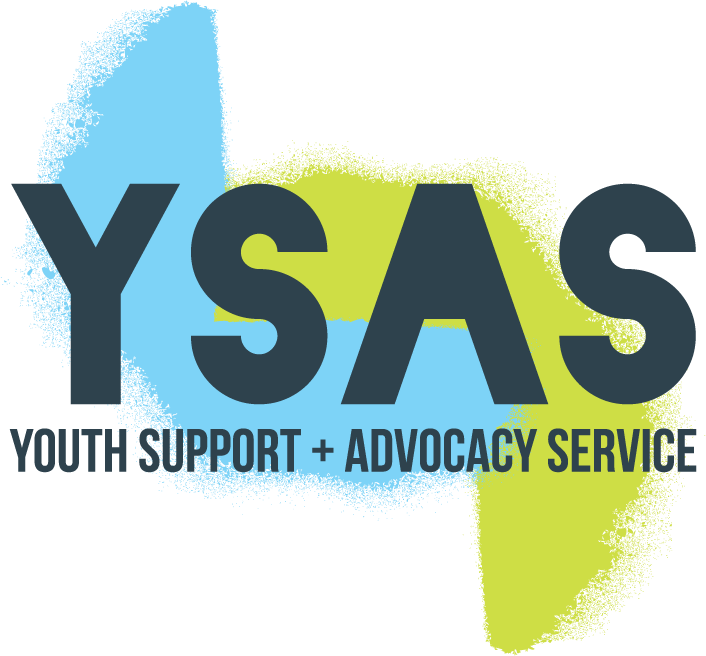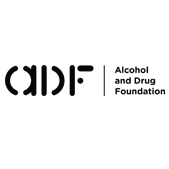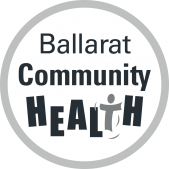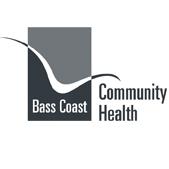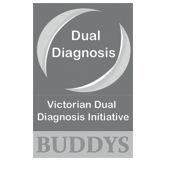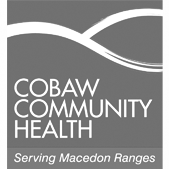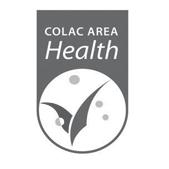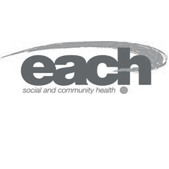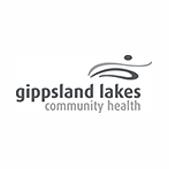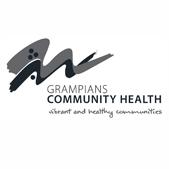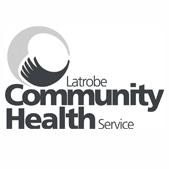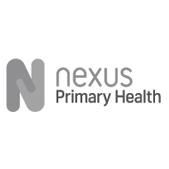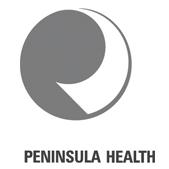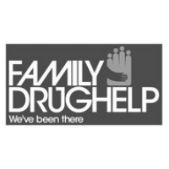Practice
The rise in Meth. A new group of young people or just a different drug?
The rise in Methamphetamine availability has led to questions as to whether Youth AOD services are seeing a new group of young people who otherwise would not have developed problems or accessed services or whether we are seeing a similar cohort of young people but with changed drug use patterns.
The answer is likely to be a combination of both. There is certainly anecdotal evidence from the YoDAA network that services are responding to a higher proportion of young people “still engaged” (although perilously) in work, education and with families. On the flip side, results from the recent Youth AOD Census revealed that young people who used ice were in fact less likely to be engaged with family and other institutions and more likely than those that didn’t use ice to be experiencing factors that contributed to increased vulnerability.
One explanation is that Youth AOD services are in fact seeing similar young people to who they always have but that community awareness and fear of meth seems to be resulting in more referrals from families and young people before relationships have been entirely eroded and earlier than if the same young people had been using drugs such as cannabis or alcohol with fairly steady availability. In addition, all other risk and protective factors being equal, the increase in availability of a drug in a particular location or community is likely to contribute to increased use.
Are you seeing something different? Email us and let us know.




